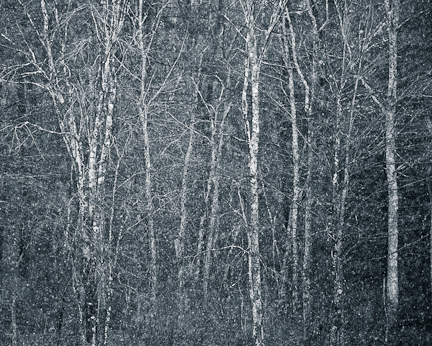
‘Not every printer is a great photographer, every great photographer is a great printer’
Ansel Adams
I came across the quote attributed to Ansel Adams a couple of weeks ago and couldn’t help but wonder whether this is really true today. There have been seismic changes in photography and technology in the last 10 or so years – the shift to digital, decent cameras in most mobile phones, great tablet devices and on and on – that makes me wonder what was true when Ansel Adams made his comment is still true today.
How many people feel the need to print? Sure not people who are stock photographers. They deliver their content to the stock agencies digitally and it is further distributed digitally. Wedding photographers? Again another example of a group that are focused on high quality with high productivity, that would most likely today have some if not all content delivered digitally with the remaining photographs and associated wedding books printed by specialty print services. Editorial photographers, similar story – digital delivery to their editors.
Does this mean that these photographers are not ‘great’? Of course not. The successful photographers in these fields have exacting standards that when coupled with creativity and a capacity for hard work has been the foundation for their success.
So is Ansel’s comment still relevant today? I think so but we should modify it slightly – ‘Every great fine art photographer is a great printer’.
It’s never been easier to print your own photographs. Prices of really good ink jet prints have dropped precipitously and are well within the range of most serious amateurs. There are a huge range of ‘substrates’, papers and other specialty surfaces, available for printing. The standard printer drivers and paper profiles give good results without needing tweaking. Finally there are a tremendous range of resources available to help you along the way – George DeWolfe’s Book ‘George DeWolfe’s Digital Photography Fine Print Workshop‘ is one that I would particularly recommend. It’s quite possible then for us all to make good prints and with a commitment to the craft even some great ones.










